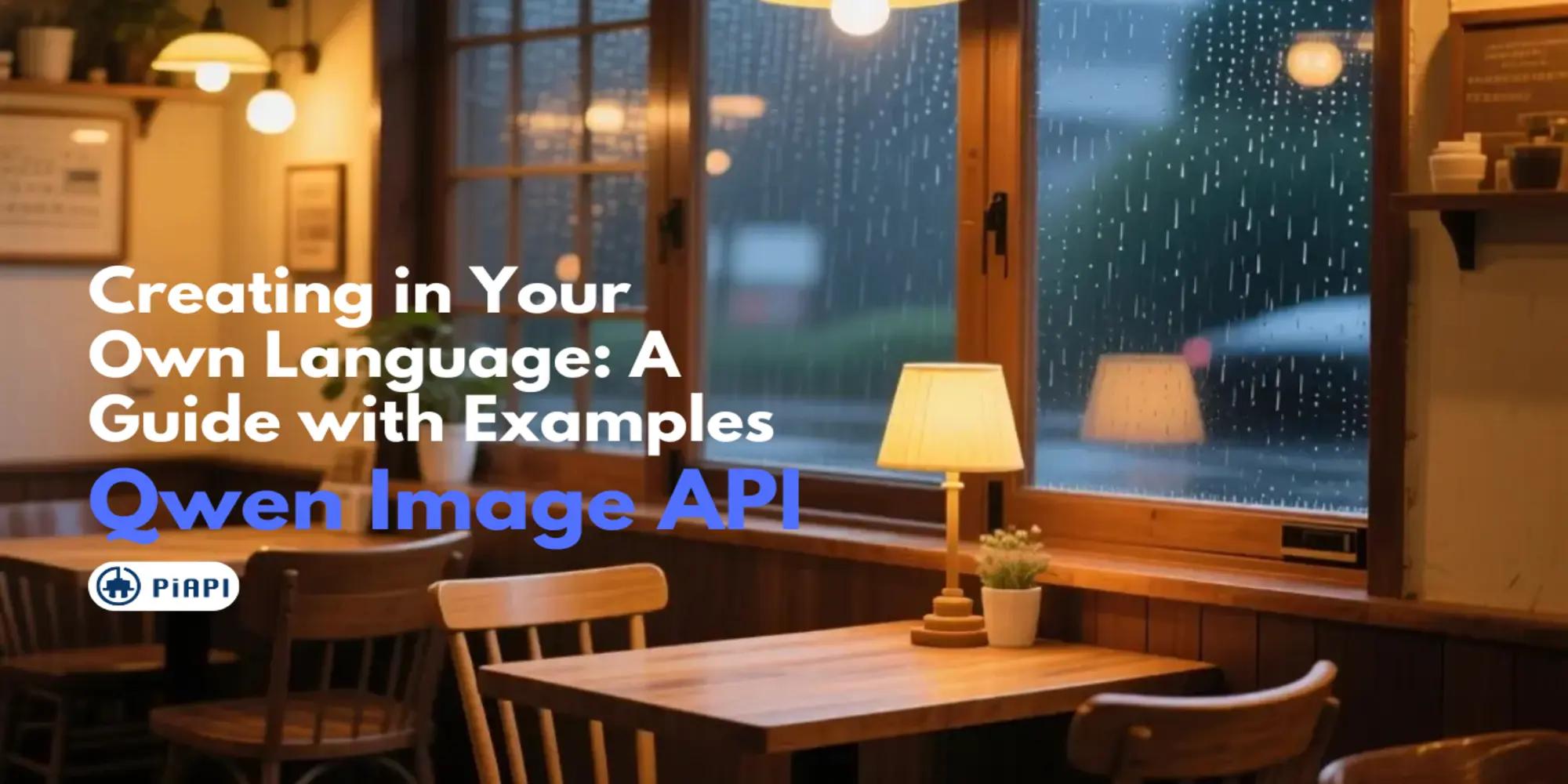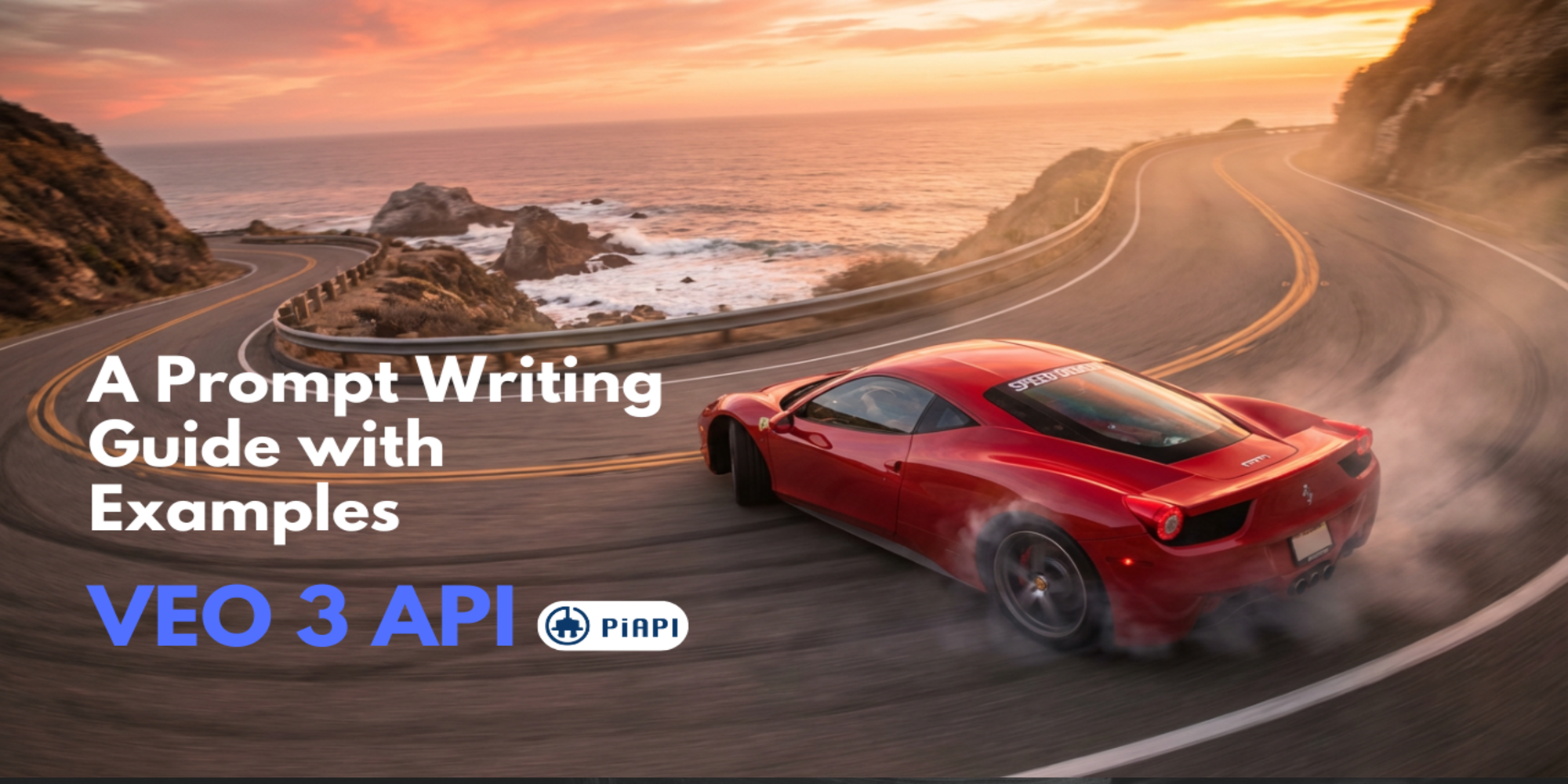3D Trellis API through PiAPI

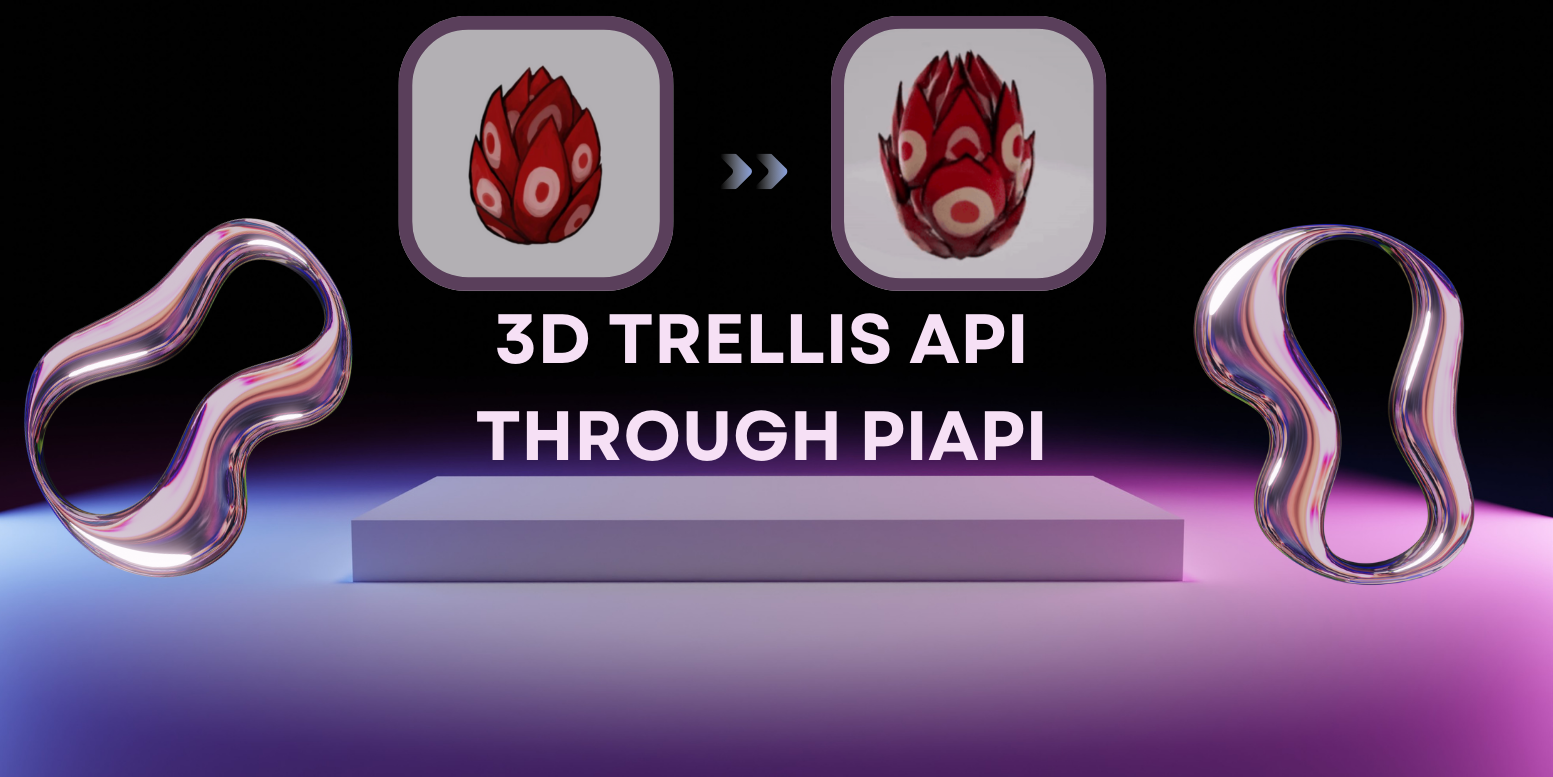

Introduction
TRELLIS is a large-scale 3D asset generation model open-sourced by Microsoft's Trellis Research Team that supports high-quality 3D content generation from text or images. It employs a structured 3D latent space approach to achieve scalable and versatile 3D generation.Key Features:
• Supports both image-to-3D and text-to-3D generation(soon) modes
• Uses structured 3D latent space approach for higher generation quality
• Provides multiple 3D representation formats (Gaussian point clouds, radiance fields, meshes, etc.
• Open source and easy to deploy
• Supports export to standard 3D file formats like GLB/PLY
The Trellis API is offered by PiAPI based on the Trellis model. Given their accelerated hardware infrastructure and custom-developed inference framework, PiAPI is able to provide APIs for these two models at very market competitive costs while maintaining performance and minimizing latency.
So what makes Trellis a good 3D Model?
To understand the practical differences and capabilities of TRELLIS, let’s compare it with another AI model , Meshy AI by exploring how each generates GIFs of knee-high Converse shoes. This example will illustrate not only the visual quality of outputs but also highlight the efficiency and versatility of TRELLIS’s structured 3D latent space compared to its counterpart.
Knee High Converse
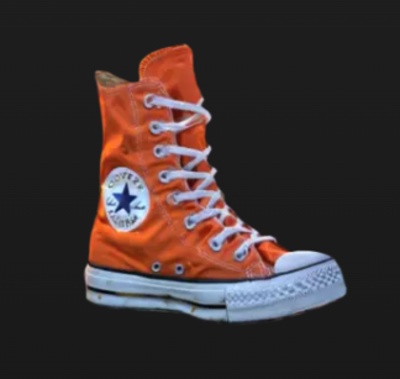
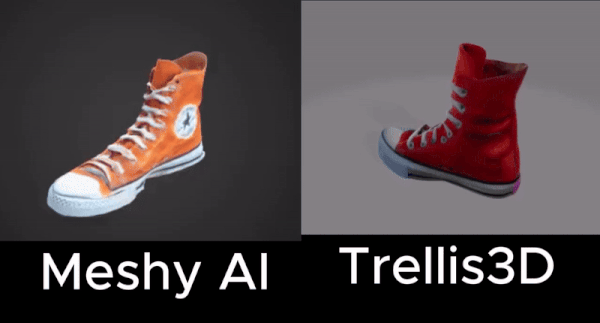
Comparing the two Models:
Model Design and Realism:
While Meshy AI’s model attempts to replicate the form of a sneaker, it lacks refinement, with rough edges and inconsistent proportions that detract from its overall realism. The design feels unfinished, and the exaggerated textures give it a somewhat artificial appearance.
Trellis3D offers a more structured and defined design, with a consistent and cohesive shape. While it isn’t perfect, the overall form aligns more closely with the natural proportions and flow of a real sneaker, making it slightly more believable in terms of structure.
Texture and Detail:
In Meshy AI, the textures are overly dramatic, with exaggerated shading and surface marks that can make the model feel less cohesive. The material representation lacks subtlety, and the surface details do not align naturally with real-life fabric or rubber.
The textures in Trellis3D are simpler but more balanced. While not highly detailed, the model avoids the harsh highlights and oversaturation seen in Meshy AI, giving it a more understated and realistic appearance.
Cohesion and Completeness:
In Meshy AI, the elements of the model, such as the laces, sole, and fabric, feel disjointed. The lack of polish in its construction results in a model that appears incomplete and inconsistent.
Trellis3D delivers a more cohesive presentation. Although less intricate, the elements are better aligned and feel more harmonious, providing a sense of completeness despite the lack of fine detailing.
In summary , while Meshy AI showcases an ambitious design with intricate textures, its lack of polish and cohesion limits its effectiveness. Trellis3D, although simpler, provides a more balanced and structured model, making it the better choice for realism and overall presentation in this comparison.
While the first comparison highlighted TRELLIS's ability to deliver realistic textures and details for modern objects like shoes, its strengths become even more apparent when applied to historical or thematic objects. Let’s now compare TRELLIS and Meshy in generating a medieval weapon model to further illustrate its capability to balance ruggedness, detail, and realism.
Medieval times weapons wood
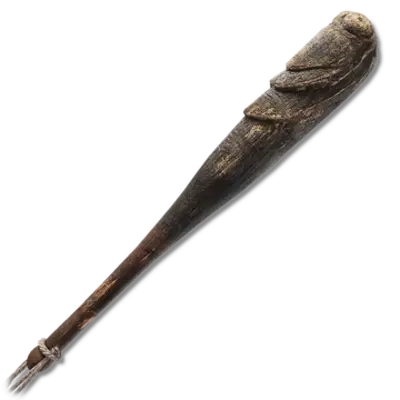
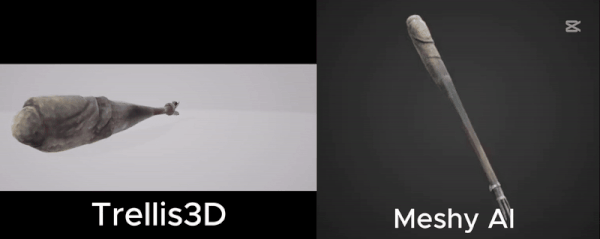
Comparing the two Models:
Model Design and Realism:
In Trellis 3D , the model features rugged textures and a worn appearance, which gives it an aged and historical look. However, the form appears less refined, with a somewhat irregular shape that may detract from its believability as a weapon.
In Meshy AI, the model has a sleek and well-defined structure, with smooth yet balanced textures that reflect modern design standards while still retaining a worn, medieval aesthetic.
Texture and Detail:
In Trellis3D, textures are rugged and emphasize wear and tear but appear overly simplistic and lack finer details such as grain or specific surface imperfections.
In Meshy AI, the textures are more detailed, with shading and subtle surface marks that provide depth and a realistic appearance. The material representation (wood/metal) is also more recognizable in Meshy AI.
Cohesion and Completeness:
In Trellis 3D, while the aged texture aligns with medieval themes, the model lacks structural precision and detail, which may compromise its overall believability.
In Meshy AI, the model is more cohesive and complete , with proportional design and polished finishing, making it more convincing as a weapon.
In summary, Meshy AI is the better model overall due to its superior structural refinement, detailed textures, and balanced realism. While Trellis3D captures ruggedness, it lacks the precision and detail required to compete with the more polished and visually engaging Meshy AI model.
Building on the comparison between Trellis3D and Meshy AI, a similar focus on texture detail, realism, and structural refinement can be seen when evaluating Slitherwing Dragon Egg using Trellis3D and another image-to-3D Model,Tripo3D.
Slitherwing Dragon Egg
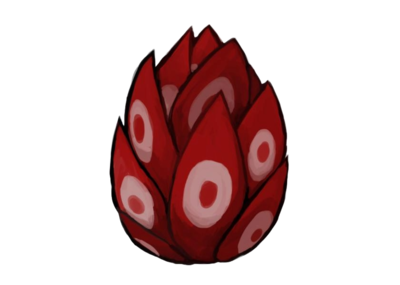
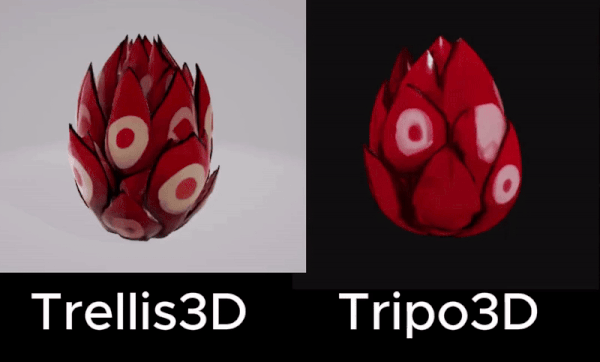
Comparing the two Models:
Model Completeness:
The layering and arrangement of the petals in Trellis are more cohesive and natural, closely mimicking the input image .
Each petal appears distinct, with clear thickness and spacing, showing meticulous design work that conveys the model's completeness.
Texture:
The Tripo3D texture appears smoother, with fewer harsh highlights or reflections. This provides a more refined and polished look compared to Trellis3D.
Tripo3D displays better control over lighting and surface reflection, preventing oversaturated bright spots. This makes the texture more visually appealing and realistic.
In Tripo3D, the color distribution seems more uniform and less patchy, enhancing the object's overall natural appearance.
Tripo3D’s textures have a subtle gloss that gives the object a more organic, life-like feel, compared to the overly reflective or shiny look in Trellis3D.
In summary, Trellis demonstrates greater attention to sharpness and high-contrast design, whereas Tripo3D provides better realism and natural texture.
Jean Claude Van Damme from bloodsport with red shorts

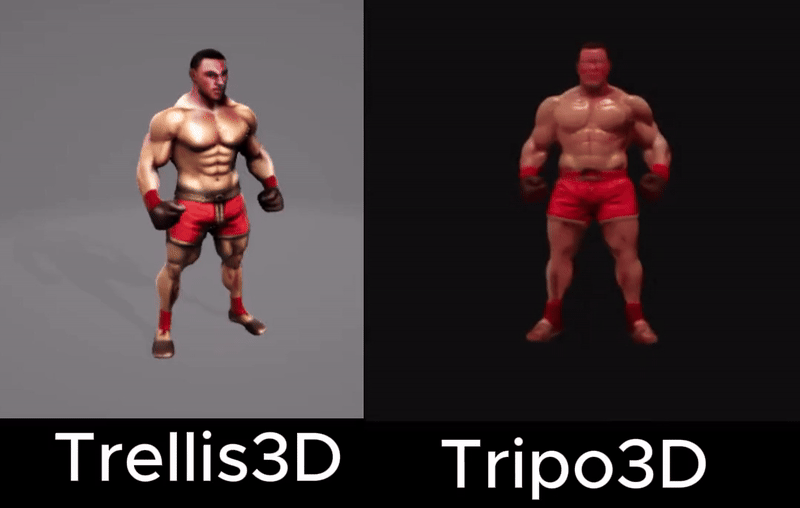
Comparing the two Models:
Model Design and Realism:
In Trellis 3D, the model features sharper and more defined contours, with clear outlines and visible muscle structure. However, the lighting is harsher, making the model appear slightly less natural and organic.
In Tripo3D, the model has a smoother and softer design, which gives it a more cohesive appearance. However, the lack of detail in textures and overly smooth surfaces detracts from its realism and believability.
Texture and Detail:
In Trellis 3D, textures are well-defined and exhibit noticeable contrast, particularly in the highlights and shadows, enhancing the model's features. However, the highlights may appear exaggerated, making the surface feel less lifelike.
In Tripo3D, textures are more uniform and subdued, lacking the intricate highlights and shadows necessary for dynamic depth. This results in a flatter appearance and reduces the overall visual impact.
Cohesion and Completeness:
In Trellis 3D, the model demonstrates better definition and structure, with visible attention to proportion and details. However, the lighting contrast might feel overly sharp in certain areas, affecting its cohesion.
In Tripo3D, the smoother and less detailed design gives a cohesive but overly simplified look. The absence of distinct textures and fine details impacts the model’s completeness and realism.
In summary, Trellis3D is the better model due to its sharper design, clear textures, and better definition, which make it more visually appealing and believable. While Tripo3D offers a smoother and more cohesive appearance, it lacks the detail and realism needed to compete with the refined and dynamic Trellis3D model.
Conclusion
The comparisons throughout this analysis demonstrate the nuanced strengths and weaknesses of Trellis3D, Meshy AI, and Tripo3D in 3D model generation. Trellis3D stands out in many cases for its sharpness, structural clarity, and ability to deliver realistic, detailed models, making it a reliable option for producing polished assets. While Meshy AI and Tripo3D excel in smoothness, lighting balance, and modern aesthetics, their lack of refinement and cohesion in certain models highlights room for improvement.
Trellis3D’s capability to achieve rugged realism, proportional accuracy, and cohesive design across different scenarios—from shoes to medieval weapons—showcases its versatility and adaptability for diverse applications. This combination of detailed textures and structural completeness gives Trellis3D an edge over its competitors in specific use cases.
Ultimately, the choice of model depends on the priorities of the user—whether precision, realism, or stylistic elements are paramount. However, the examples explored in this blog underline Trellis3D’s capacity to deliver consistent and high-quality outputs, making it a compelling option in the realm of 3D content generation.
And if you are interested in any of the other AI APIs that PiAPI provides, feel free to check them out!
